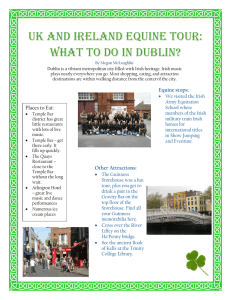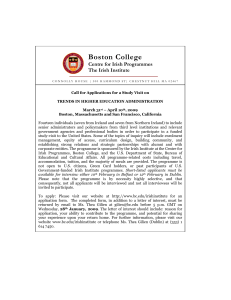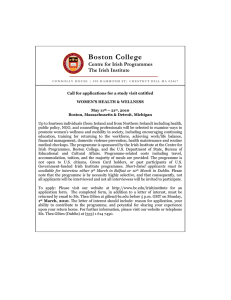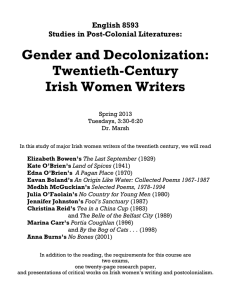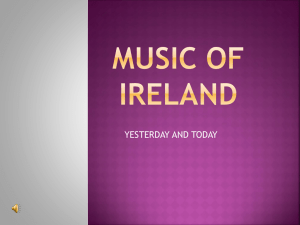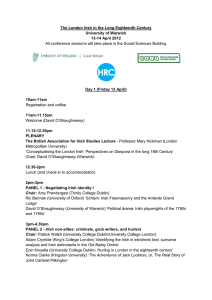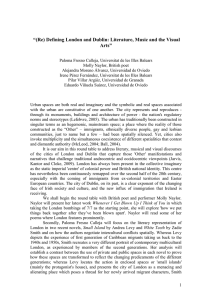here - Debt and Development Coalition Ireland
advertisement
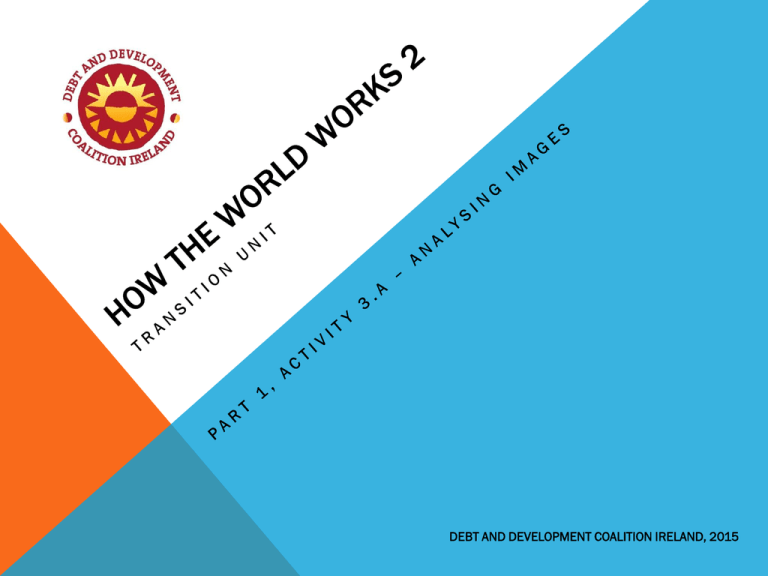
DEBT AND DEVELOPMENT COALITION IRELAND, 2015 A note on language… We will refer to the countries of EUROPE, NORTH AMERICA and AUSTRALIA as the North or Global North. We will refer to the countries of AFRICA, ASIA and LATIN AMERICA as the South or Global South. We are about to look at some photographs. When we look at them, let’s ask ourselves: • What can we see? • What do we know about the situation from looking at the image? • What do we not know about the situation from looking at the image? • What would we like to know about the situation? • How could we find out more? IMAGE 1 IMAGE 2 IMAGE 3 IMAGE 4 IMAGE 5 IMAGE 6 IMAGE 7 IMAGE 8 IMAGE 9 ABOUT THE IMAGES… Image 1: Tuyen is doing her maths homework in the living room. Maths is one of her favourite subjects. This photo was taken in Vietnam. (Oxfam). Image 2: Young men learn about mechanics at the Australia-Pacific Technical College, in Fiji. (Rocky Road, AusAID). Image 3: Pupils from Langat Road primary school run past riot police as they try to reclaim their playground in Nairobi, Kenya. (The Guardian). Image 4: A woman works in a garments factory in Bangladesh in 2008. (Farzana Hossen). Image 5: This is Kinshasa from Democratic Republic of Congo. He says: "We don't like pictures like this. It is not good to deduce an entire country to the image of a person reaching out for food. It is not good for people to see us like this, and it is not good for us to see ourselves like this. This gives us no dignity. We don't want to be shown as a country of people waiting for someone to bring us food. Congo has an incredible amount of farmland. An incredible amount of resources. Yes, we have a lot of problems. But food is not what we are reaching for. We need investment. We need the means to develop ourselves.” (Humans of New York.) Image 6: Lagos is home to over 10 million people, making traffic a problem. (Jane Hahn / Corbis). Image 7: Dublin’s Docklands. This area used to be home to a lot of factories, but has been redeveloped in recent years to become a business hub. It is also home to Ireland’s Financial Services Centre, known as the IFSC. (Irish Times). Image 8: This shell of a building stands in the IFCS, not far from the buildings shown in the last slide. It would have been the new headquarters for ‘bad bank’ Anglo Irish Bank, but the bank was closed by the Irish government in 2011. (Sian Crowley). Image 9: These are flats in Ballymun, Dublin. In 2011, a young woman aged 30, died from hypothermia during an extremely cold winter in these flats. (Irish Central).
